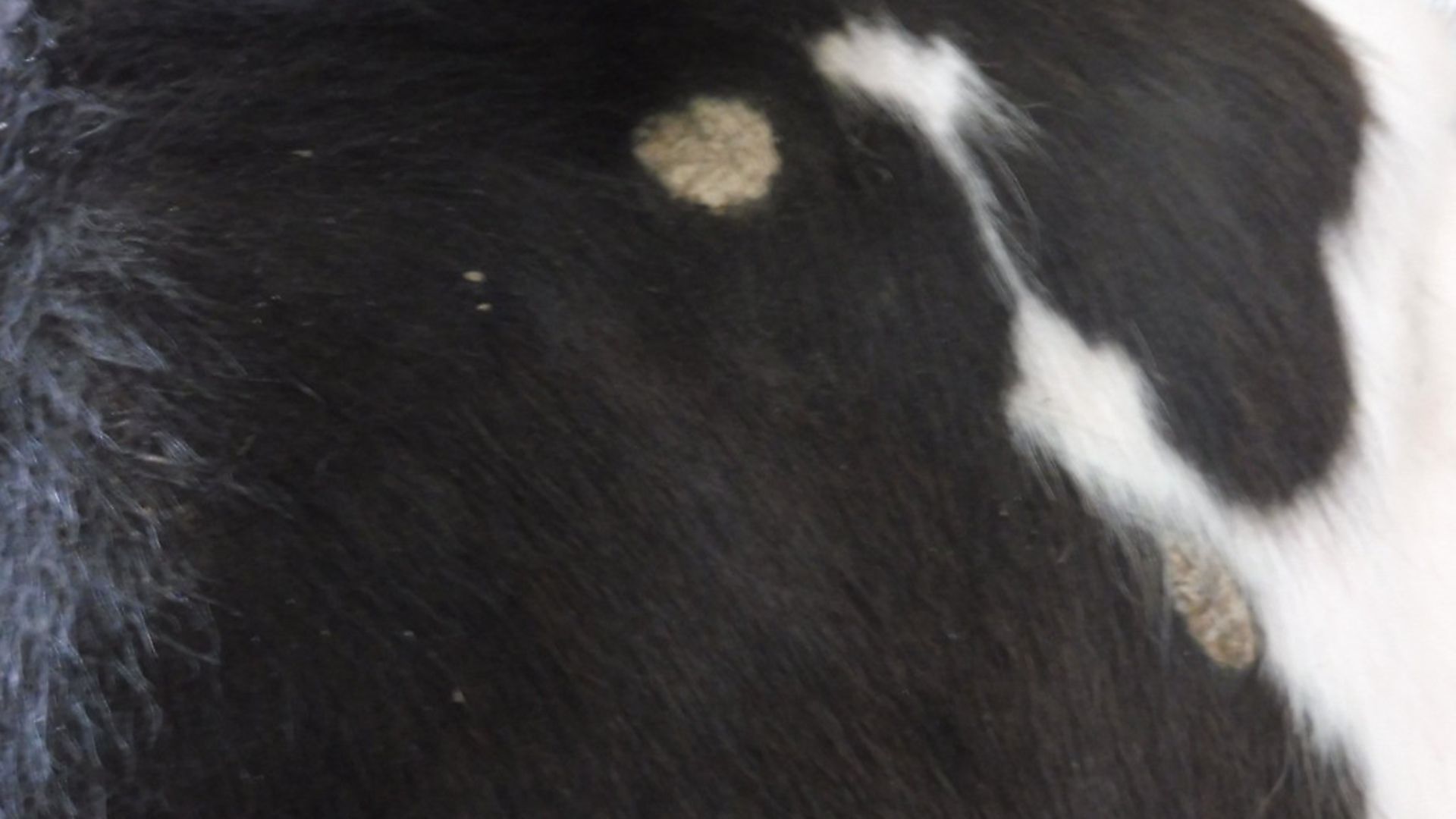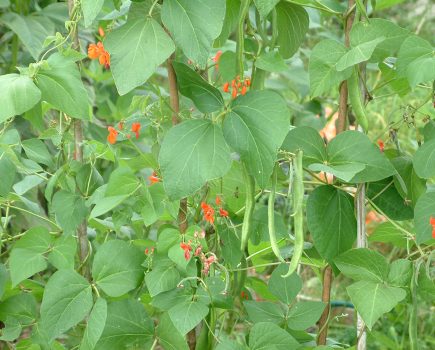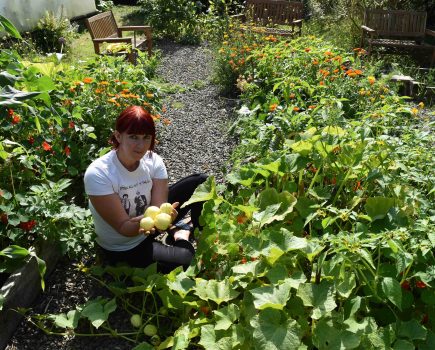Vet Charlotte Mouland discusses ringworm in cattle, the disease to watch out for in winter

Winter is creeping up on us now, and for some smallholders that may signal housing time for some of their animals. For cattle, one disease we particularly associate with winter housing is ringworm. Ringworm is a fungal disease and is one of the most common skin conditions affecting cattle. It is an important disease to be aware of as it is categorised as a zoonotic disease, meaning that it can be transferred from animals to humans.
We most commonly see ringworm in young animals, and this is thought to occur because their immune system isn’t fully mature and is less effective at fighting the disease. In affected calves we tend to see grey-ish, often circular, raised lesions affecting the head and neck, however it can extend over much of the body in severe cases. The lesions are not usually itchy. Ringworm can cause reduced growth rate of affected calves and can affect the quality of the hide.
Ringworm is most commonly diagnosed based on the appearance of lesions, as they are usually fairly distinctive. However, hair plucks and other samples can be collected in unusual cases to confirm if it is ringworm and to identify which particular fungus is involved.
The fungi can survive for over a year in buildings and physical contact with contaminated structures acts as the main source of infection for animals. Ringworm is what we describe as a ‘self-limiting’ disease, meaning it will resolve by itself, however this can take up to nine months. There are some treatments that can be prescribed by your vet and there is also a vaccine available, which may reduce the severity of the disease and time to healing. These treatment options may not be effective or appropriate in all cases so discussion with your vet is paramount.
Prevention
Prevention is always better than cure and, as the buildings themselves act as a reservoir for infection, efforts are best directed at tackling this. Thorough cleaning and disinfection of buildings, feed troughs, gates etc. is strongly recommended. Be aware that most disinfectants are rendered inactive in the presence of organic material, so thorough cleaning prior to the application of disinfectants is required. Defra has a published list of approved disinfectants which is available online and is recommended for choosing a suitable product. Buying-in animals poses a risk of bringing disease onto your holding, so effective quarantine is essential to prevent spread to other animals on farm.
Remember, humans can contract ringworm, so it is important to take suitable precautions. Wear gloves if handling cattle affected with ringworm and always wash your hands after touching any animal. If you’re concerned you may have a ringworm lesion, seek medical advice.
A final point to consider is that cattle with underlying disease are more susceptible to ringworm infection. Poor nutrition or diseases affecting the immune system such as BVD (see July’s Vet View article on BVD in cattle) will put animals at risk, so it is important to consider these factors in the face of infection.
Charlotte Mouland is a vet with Synergy Farm Health Ltd in Dorset which is a member of XL Vets
Image(s) provided by:
Archant







